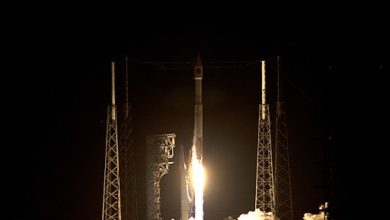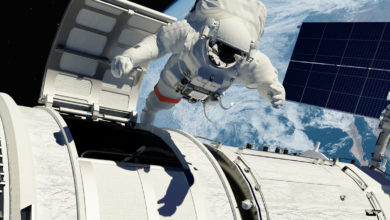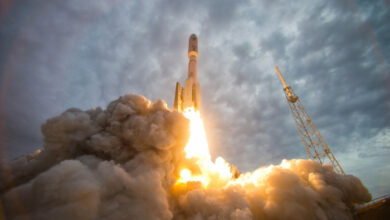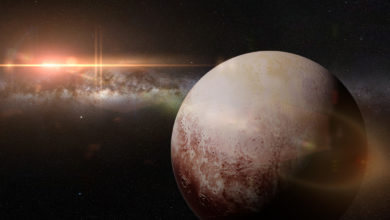Science
NASA Launches New Website To Educate People On How Space Tech Impacts Everyday Life
New website will educate users about how space technology impacts hundreds of things in our everyday life
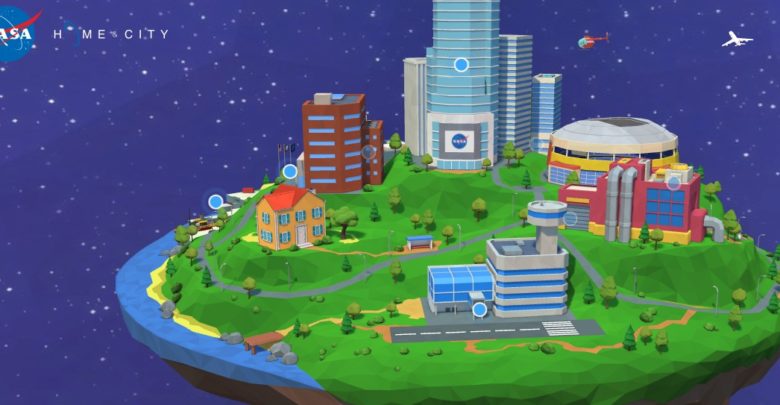
The National Aeronautics and Space Administration (NASA) has come up with a new interactive website that will educate users about how space technology impacts hundreds of things in our everyday life on Earth.
The NASA Home and City website features about 130 spinoff technologies in a virtual space and lets users tour through buildings to discover common items that the space agency has worked on to improve.
The showcased spinoffs are commercial products that apply NASA technology originally developed for studying and exploring space including water filtration systems, which were originally designed to purify water for the Apollo astronauts, durable wind turbines which were designed with Mars in mind and the selfie-taking camera.
“Our space technology continues to improve life on Earth,” said Jim Reuter, the acting associate administrator of NASA’s Space Technology Mission Directorate. “NASA Home & City is a place of discovery for people, and especially students, who have ever wondered why space exploration should matter to them.”
Notably, the silver ion technology which NASA used in water filtration systems purifies and softens water while inhibiting bacteria growth in filtering units. The same technology is now used by water filter manufacturers to create home-use water filtering systems that not only purify and soften but also remove objectionable tastes and odors.
Back in the 1990’s, a NASA engineer built a new kind of image sensor which required very low power and was highly efficient. Today, the same type of image sensors are used in digital and cell phone cameras on Earth.
Likewise, NASA used white moisture-resistant fabric made of Teflon to make spacesuits and firefighter gear for the astronauts. The fabric has a better tensile strength than steel and remains unaffected by pollutants and UV rays. It is now used in stadiums, malls, and pavilions all over the world.


